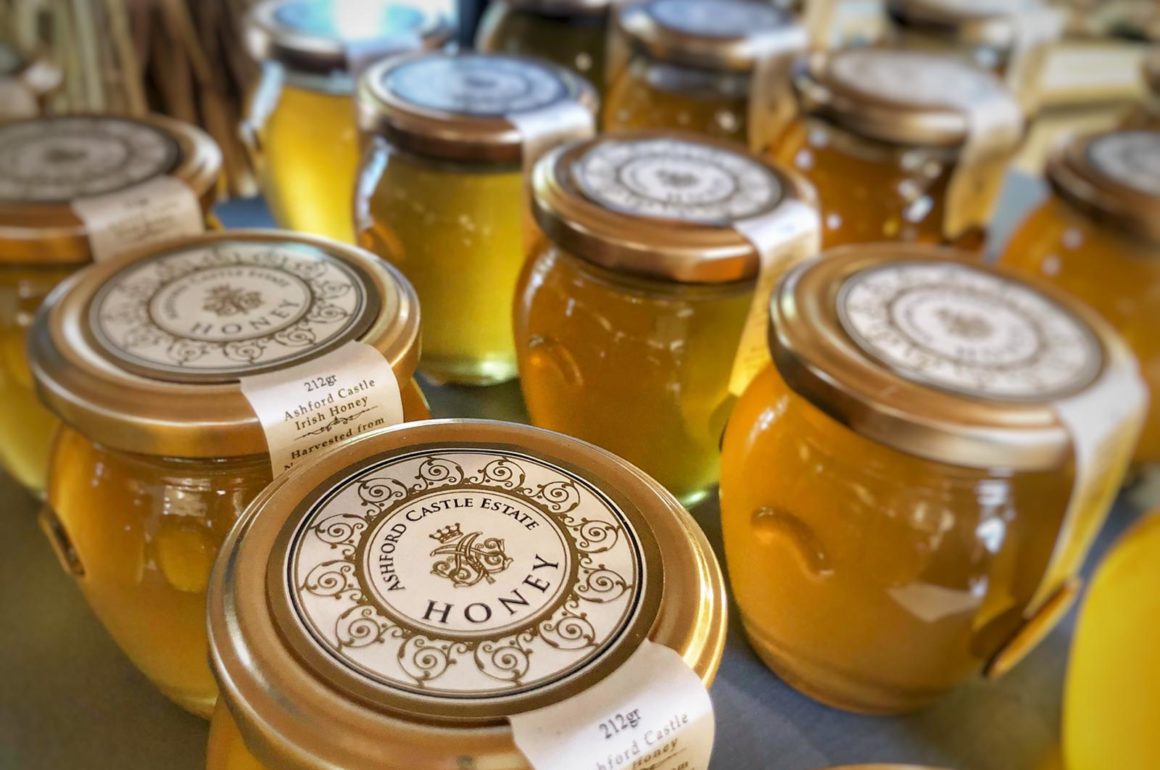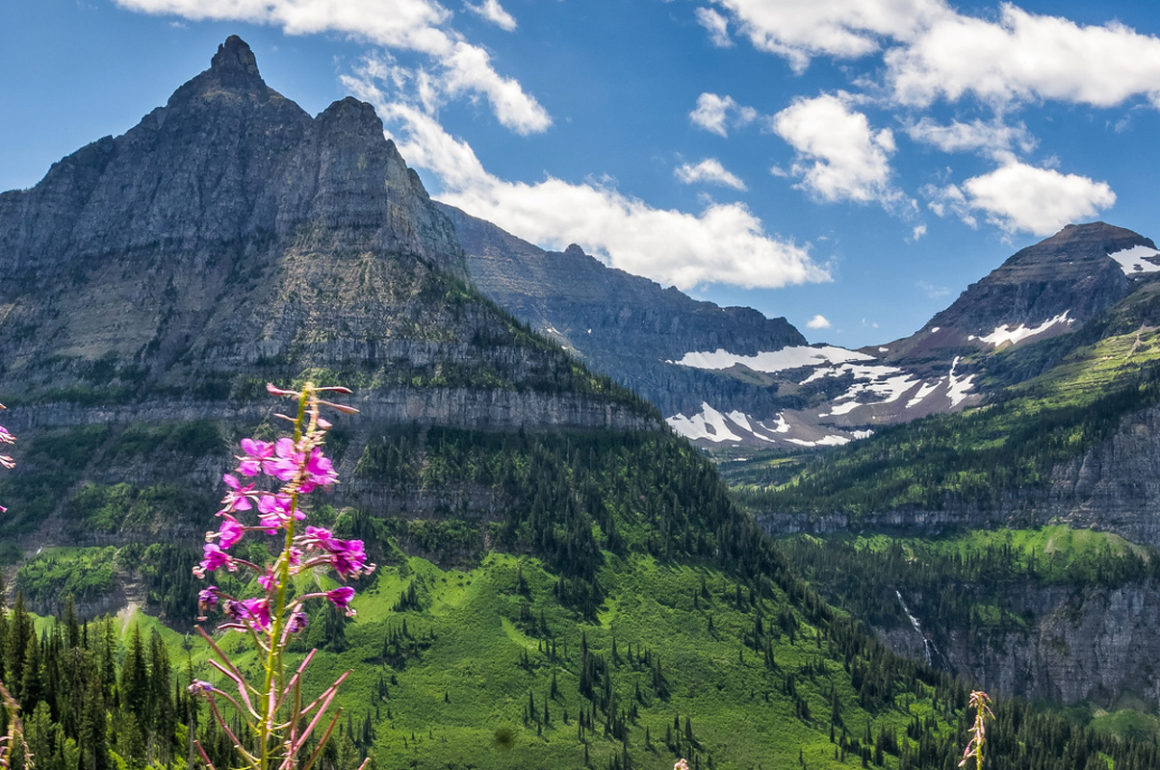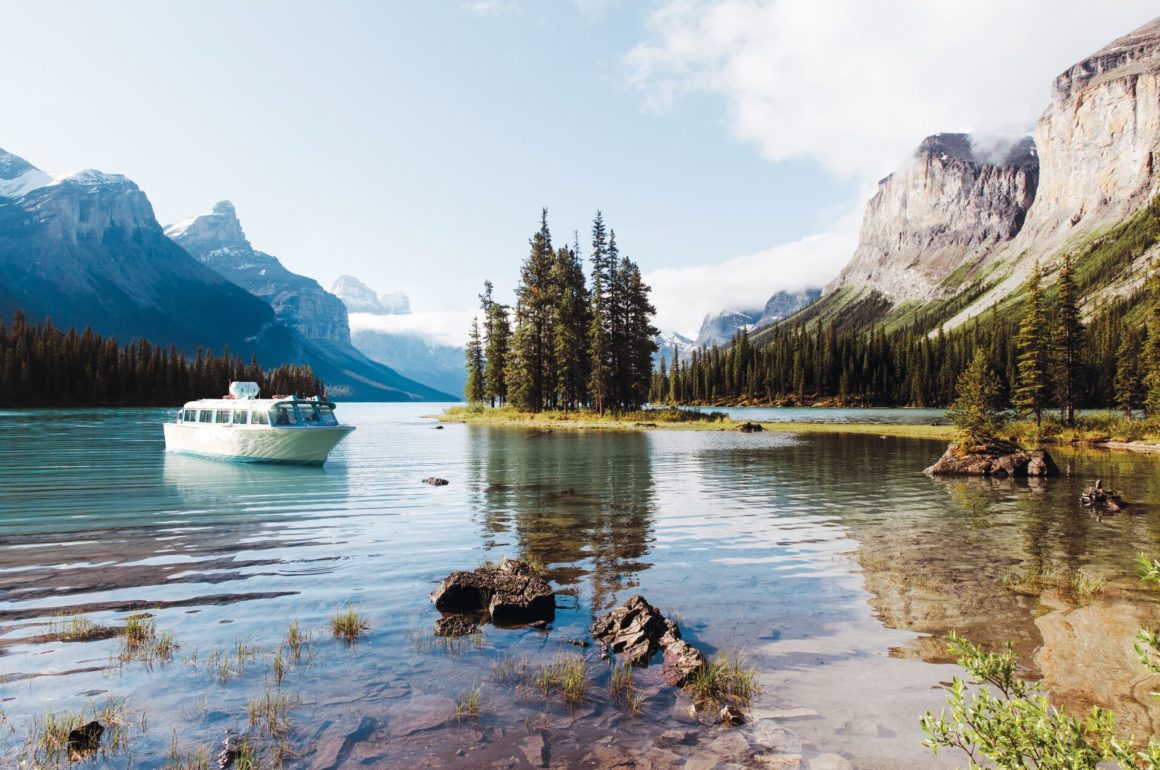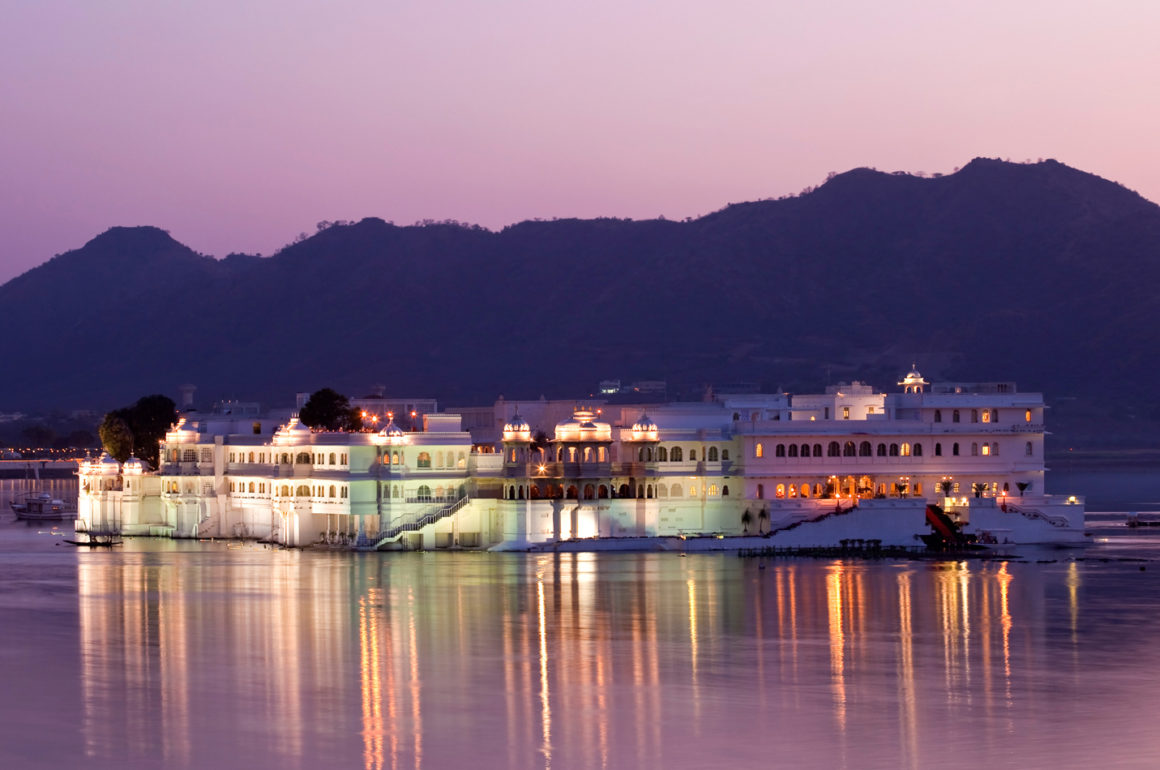The exquisite Ashford Castle hotel majestically presides over a 350-acre estate in County Mayo, Ireland. Home to landscaped gardens, ancient woodland and an emerald lake, the lands are also a sanctuary for the Irish native black bee.
A key part of the hotel’s sustainability strategy, we caught up with Ashford Castle beekeeper Steve Watson Oughterard to learn more about the hives and their residents.
Ashford Castle
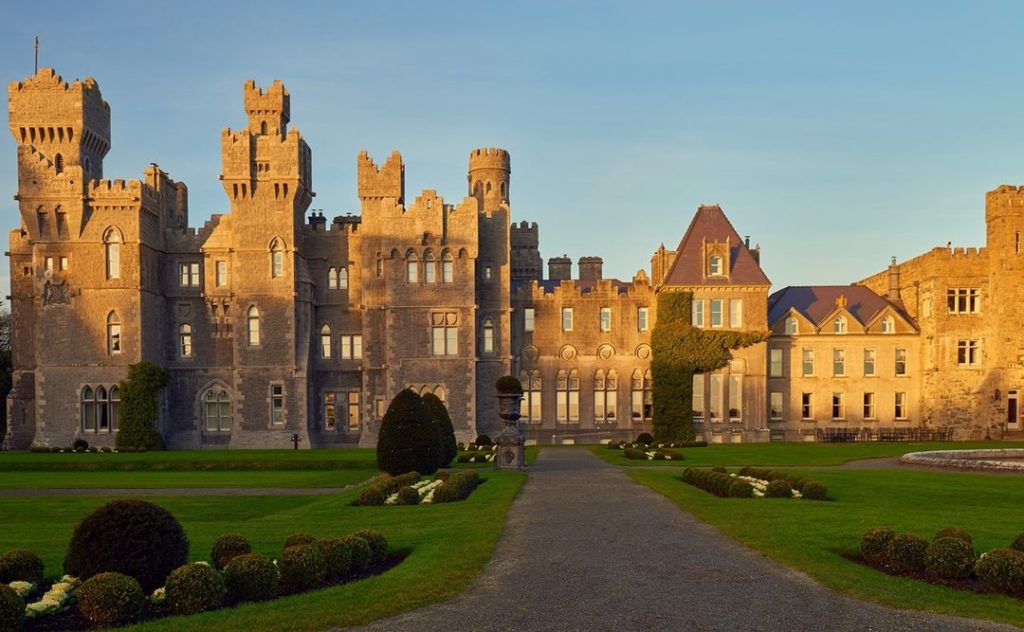
@ashfordcastle
Quaint in size but grand in character, the pretty village of Cong in County Mayo houses the famous Ashford Castle. Formerly home to the Guinness family, this luxury hotel boasts sumptuous rooms, antique furniture and unique historic features at every turn. Set upon an idyllic 350-acre estate, making it a dreamy location for a relaxing and picturesque retreat.
Travel with Luxury Gold and on arrival a lone piper escorts you over the drawbridge. Dine like royalty in Ashford Castle hotel’s esteemed George V Dining Room. Built specially for King George V in 1905, this room bestows a grand sense of occasion. During your stay, choose to take part in a unique falconry experience at the oldest established falconry school in Ireland. And enjoy the spa. And buy and eat honey for your breakfast.
Discover this on: Castles & Kingdoms, Ultimate Ireland
Read more: Ashford Castle: An idyllic country escape
Honey, hives and sustainability
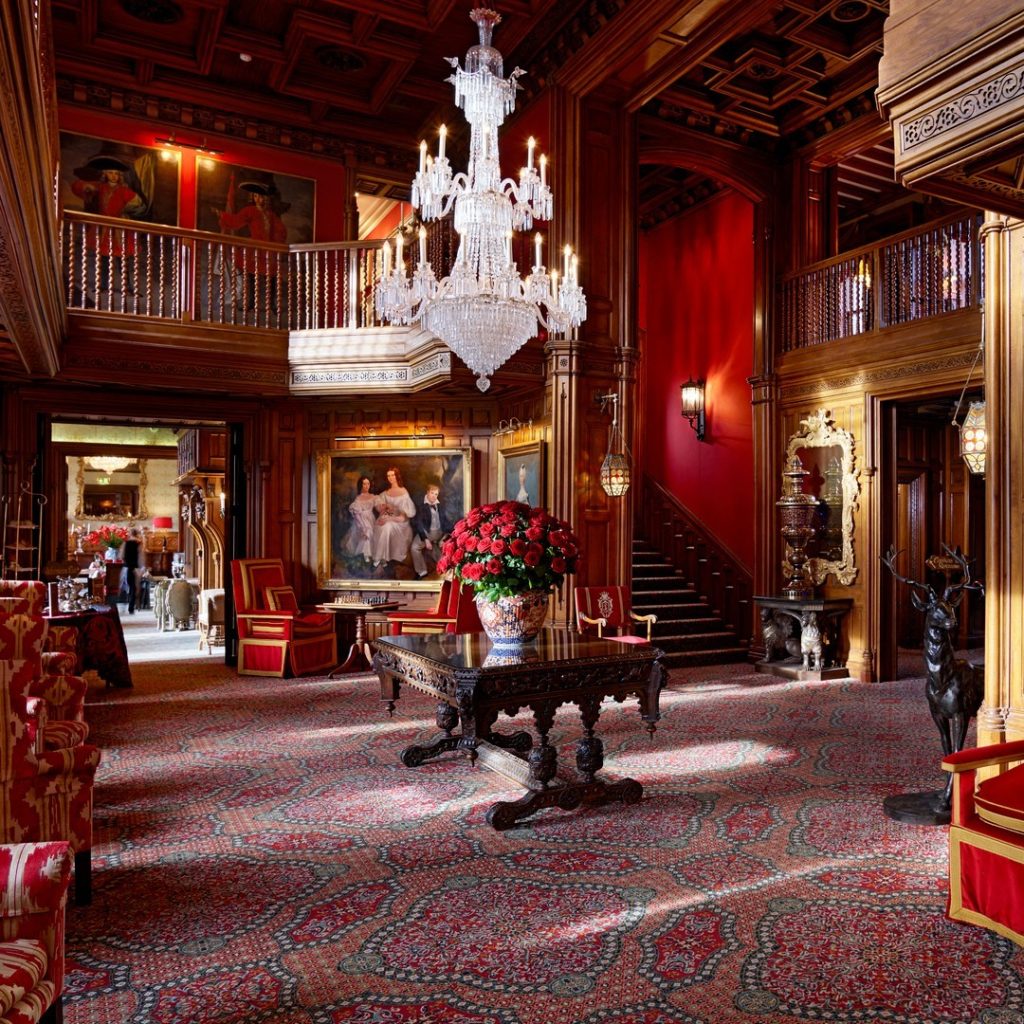
@ashfordcastle
Ashford Castle is a Red Carnation Hotel, a family-run collection of 19 exceptional properties around the world. Unique and special, The Red Carnation Hotels share a strong commitment to sustainability. As part of the TTC Family of brands they work together with the Treadright Foundation to MAKE TRAVEL MATTER®.
Seeking to minimise environmental impact, hives are installed across Red Carnation hotels. Not only preserving the precious honeybee, this contributes to the pollination of surrounding ecosystems. Each hive enriches an area of up to three miles around it, in turn dramatically reducing food miles. The hives are part of the hotels’ commitment to using local ingredients and to preserving the environment.
The beehives of Ashford Castle are buzzing with activity. Here the bees of Ashford Castle Estate have been busy making fresh Irish honey from the nectar of Cong’s local flowers and plants. Hives of native black bees have been encouraged to make the castle grounds their home, and are taken care of by beekeeper Steve Watson Oughterard and a dedicated team.
Related content: Geneva’s Hotel d’Angleterre is a hotel committed to positive change
Meet the native Irish black bee
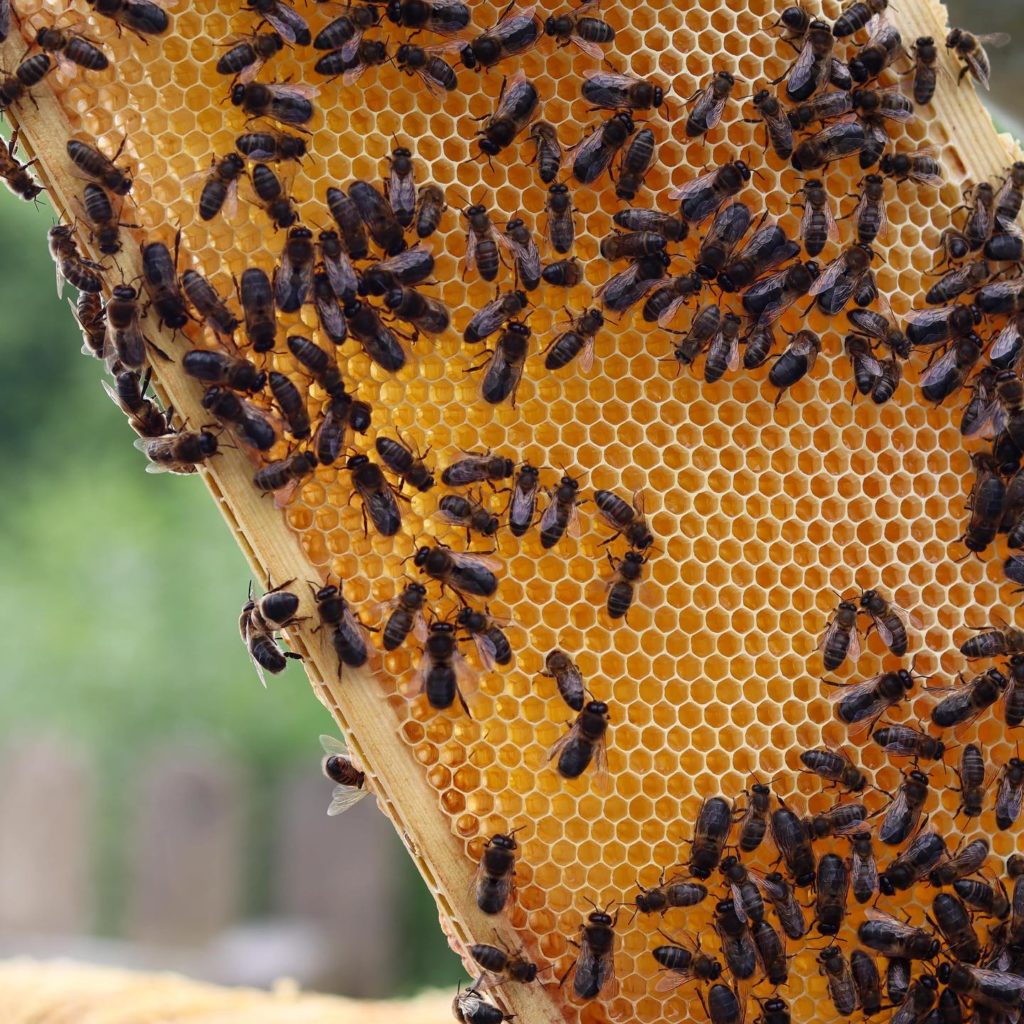
@ashfordcastle
“There are 100 bee species native to Ireland,” Steve explains. “Twenty-one of these are bumblebees and 78 species of solitary bees. However, there is only one Honey bee native to Ireland and that is the native Irish black bee. It is believed that the native Irish black bee was established in Ireland between 4,000 to 10,000 years ago.
“The native Irish black bee has a number of characteristics and adaptations that contribute to it being an ideal fit to its Irish environment. Firstly foraging. They will fly at temperatures as low as 5.5°C (46°F) and even in drizzle or light rain (particularly important in Ireland!). Secondly overwintering. The bees are efficient thermo-regulators and are built for effective heat retention during long winters.
“Thirdly there is thriftiness. The queen attunes her egg-laying to the weather patterns. She pauses earlier in autumn to ensure there are no unnecessary mouths to feed overwinter, so the winter cluster has plenty to survive on until the following spring. And lastly, Propolis. The native black bee is an avid producer of this dark brown, resin-like material. It is used for structural stability and protection of the colony from the elements. It also has anti-fungal and antibacterial properties.”
Planting a bee paradise
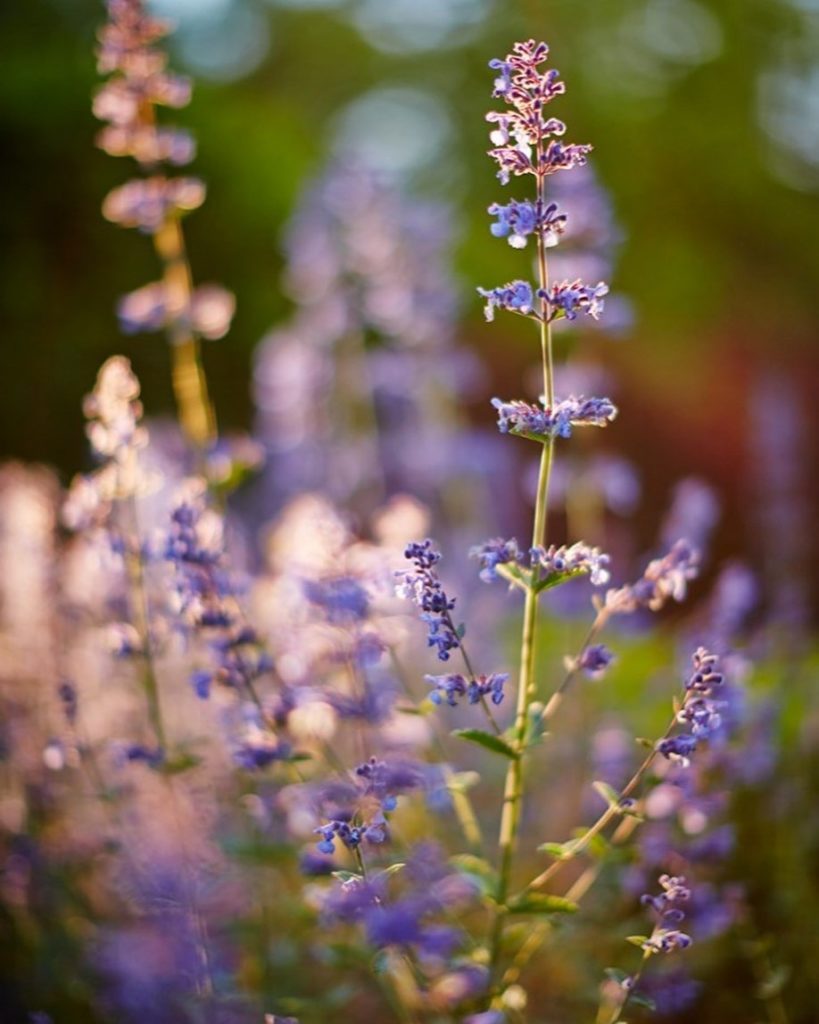
@ashfordcastle
“In Ireland the importance of bees as pollinators of crops and native plant species cannot be overstated,” Steve tells us. “It is estimated that almost three quarters of our Irish wild plants rely on insect pollinators, of which bees are most important.
“Around Ashford Castle some of the most important forage plants for the Honey bees include dandelion early in the year, bramble and clover mid-summer and ivy in the autumn. However, a wide variety of flowers and trees in the area are foraged for their nectar and pollen. The Castle’s sustainability, conservation and re-wilding policies have contributed immensely to the success of our Honey bee hives, along with all pollinators and general biodiversity on the estate.”
Read more: The 10 most beautiful villages and small towns in Britain & Ireland
On become a beekeeper
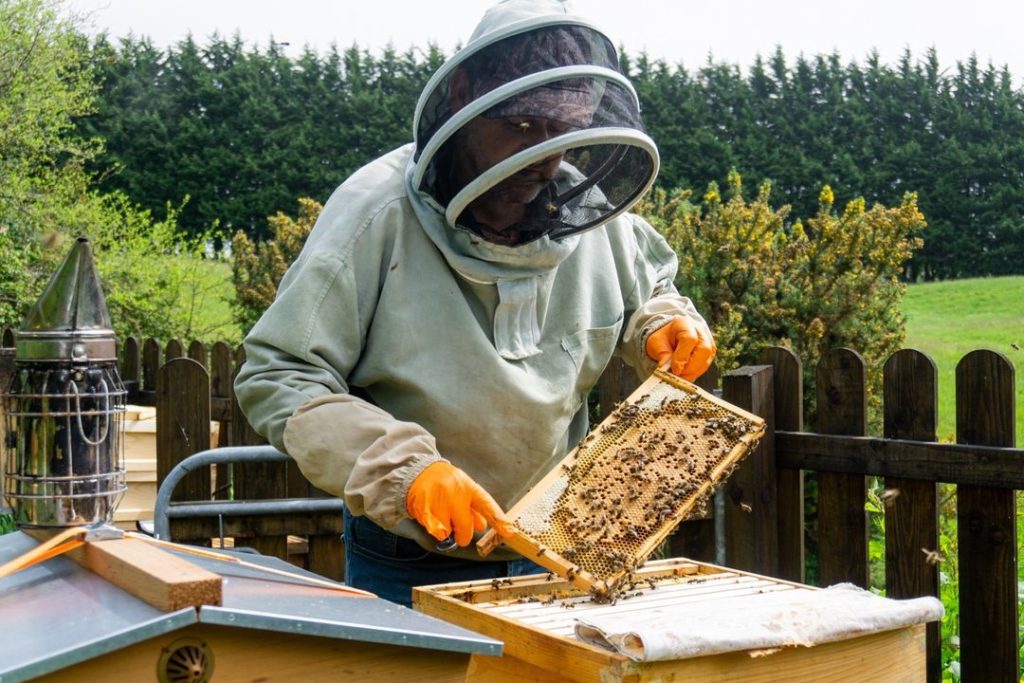
@ashfordcastle
“I became interested in beekeeping when I returned to Ireland after working throughout Australia for 15 years,” Steve explains. “I took an introductory course to beekeeping and started off with two hives, which grew to five by the end of that year, 15 the following year and so on….. suffice to say I was hooked and now manage in excess of 100 hives.
“It is a challenging and particularly interesting pursuit, as every day with the bees is a learning day. Even in winter when there is no direct work with the bees, I am busy as I am currently studying for a diploma in apiculture.
“My role as beekeeper at Ashford Castle hotel is to manage the hives in our apiary throughout the year. The vast majority of my time is spent there between mid-spring and early autumn. I will typically check each hive every 7-10 days. This involves checking the queen is present and/or laying, ensuring there is adequate stores and room in each hive and looking for any evidence of disease.
“Early summer can be particularly busy with swarm control measures. Usually, the honey crop is taken off towards the end of August and I take it back to my purpose-built honey room for extraction and bottling. I don’t remove all the honey and leave the bees with adequate stores for the winter; however, they will also continue to store ivy honey up until November.”
The secret to delicious Ashford honey?
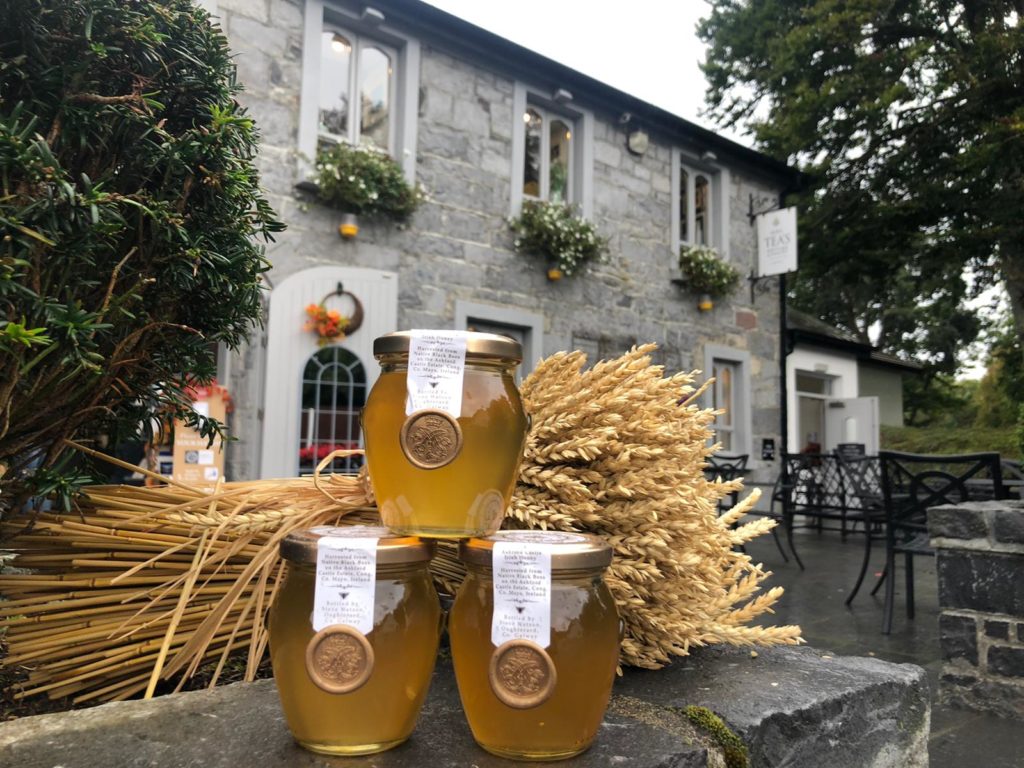
@ashfordcastle
“There is no secret to the delicious Ashford honey” Steve tells us. “It is 100% from the flowers and trees in the area. I do not feed the bees any sugar syrup at any point in the year. I also practice a natural method of beekeeping where I do not treat with any chemicals for disease, instead use integrated pest management, re-queening and brood break techniques amongst others.”
Related content: The Roaming Boomers on traveling to Ireland with Luxury Gold
Ensuring the future of the native Irish black bee
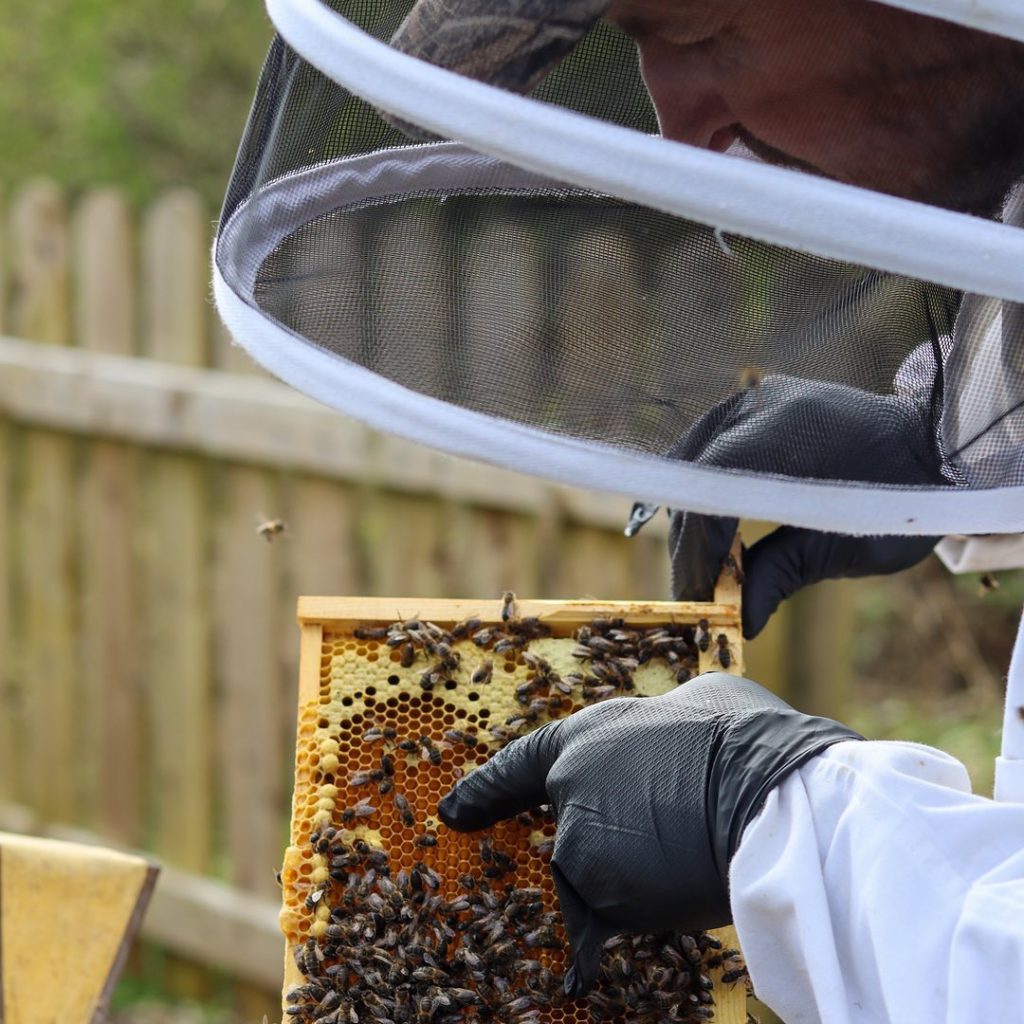
@ashfordcastle
“Preservation of our native Irish black bee is of great importance,” Steve emphasizes. “Aside from its significance as a pollinator, it is our only native Honey bee and uniquely adapted to our climate and conditions. It is threatened by hybridization with imported strains of non-native Honey bee, which also carries the risk of introducing foreign pathogens and parasites that could devastate our honey bee (and other bee) populations.”
How you can help
“One third of our bee species are threatened with extinction from Ireland,” Ashford Castle beekeeper Steve explains. “This is due to reduction in the number of trees, flowers and safe nesting sites in our landscapes.
“As a beekeeper, however, I like to keep it simple. Stop using pesticides and herbicides, sow more native plant species in your garden and allow some areas of garden to re-wild. In the end, I believe, measures that benefit Honey bees tend to benefit pollinators in general and so we all win.”
Related content: How your travels with Luxury Gold help conserve nature for future generations
Spend two nights at Ashford Castle on our Castles & Kingdoms and Ultimate Ireland luxury guided tours. Taste the delicious honey for yourselves and maybe purchase some to take home as a treat for family and friends. And know through your visit that you are helping preserve nature for future generations.



